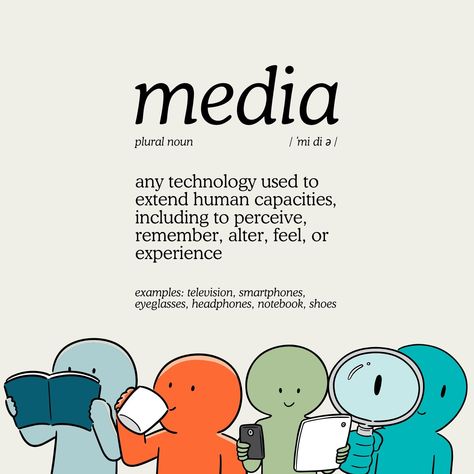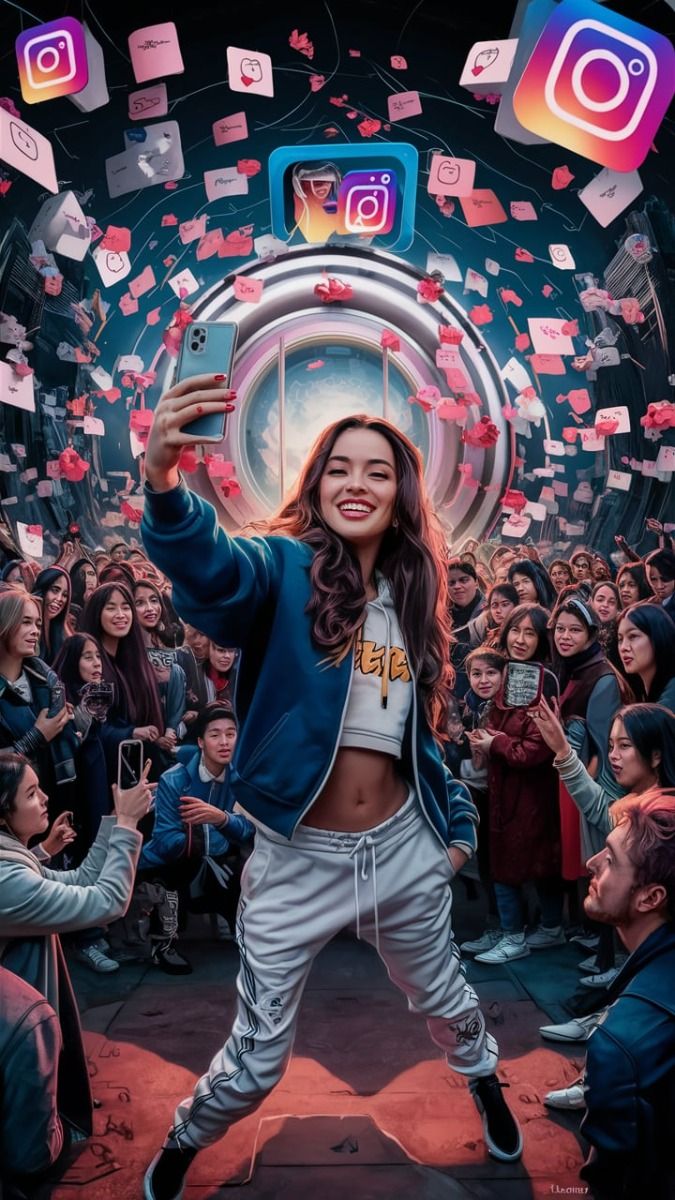Social Media influencers have become indispensable promoters of ideas about acceptable living standards, particularly for the younger generation. The health messages they portray through their pages influence people’s perceptions and, hence, the behavior change they embrace (Karamustafic et al., 2020). This encoding process entails creating content that resonates with the influencers’ ethical values and standards while posting on social media such as Instagram, Gram, YouTube, and TikTok.
Framing activities are common with influencers concerning certain aspects of their lifestyle with the superwoman frames sometimes adopted by the female influencers. This concept is an implication of the fact that women are requires to perform several roles in a single capacity; careers, beauty and family thereby constraining them to a lot of roles thereby facing role overload. Hence, influences manage to portray their lives in such a way that it fits those societal norms that shape the success and meaning of life that young women dedicate in following their dreams.

Developing messages that support both the influencer’s brand’s sentiment and the audience’s expectations is crucial as part of this process. Influencers avoid posting pictures and using words and concepts their followers would not appreciate. Some studies have shown that the physical appearance of influencers translates to determining how influencer messages will be received (De Jans et al., 2022). For example, the research states that in cases where overweight influencers endorse junk food, the tweens are likely to select healthier foods than when the thin ideal influencers embrace the same message. This vividly demonstrates the dichotomy that is characteristic in the so often criticized influencer marketing concerning body image and health communication.

The result of such encoding is rather dramatic. Fans use the process of wishful identification, which means that they want to be like the influencers portrayed by those influencers. This desire can cause major behavior modification; for example, a man or woman might switch to a healthier eating or dressing code. However, audience decoding, which is the second step in the process, is affected by cultural and social factors (Mambrol, 2020). People in different age ranges may perceive content differently because of things they have learned in society.
The second theoretical angle to be discussed in this paper is Stuart Hall’s Encoding/Decoding model, which underlines that communication is dialogic in nature (Media-studies, 2022). In reception, audiences can accommodate, resist, or contest messages from the dominant-hegemonic perspective, whether negotiated or oppositional.

In conclusion, social media influencers may be said to act as highly influential encoders of the given lifestyle paradigms. Hence, decoding occurs in a way in which different audiences may produce different outcomes that either reiterate or subvert the normative messages. All of this illustrates the importance of understanding these dynamics to be better positioned to think about how such communication happens in social media. Appreciation of this aspect is essential in understanding other features of how the use of social media impacts on various aspects of life.
References
De Jans, S., Hudders, L., Naderer, B., & De Pauw, V. (2022). Impact of thin-ideals in influencer posts promoting healthy vs. unhealthy foods on Tweens’ healthy food choice behavior. Frontiers in Psychology, 13. https://doi.org/10.3389/fpsyg.2022.789069
Media-studies. (2022, August 27). Stuart hall’s reception theory | Encoding and decoding the media. Media Studies. https://media-studies.com/reception-theory/
Karamustafic, S., Stockmaster, T., Palladina, S., Harris, A., & Perloff, R. M. (2020). Social media influencers: Who they are and how they influence.
Mambrol, M. (2020, November 7). Analysis of Stuart Hall’s encoding/Decoding. Literary Theory and Criticism. https://literariness.org/2020/11/07/analysis-of-stuart-halls-encoding-decoding/


Hi Fatima Ilike your article. This article effectively combines encoding/decoding theory to analyze how social media influencers shape lifestyle concepts and influence audience behavior. Especially the exploration of the role of cultural and social factors in the decoding process provides an important perspective for understanding the complexity of social media communication. But further exploration can be conducted on how to reduce the spread of unhealthy behaviors or beliefs to enhance practical significance.
This analysis effectively highlights the influence of social media influencers as both encoders of aspirational standards and drivers of audience behavior. I find it fascinating how the encoding/decoding model reveals the interactions between influencers’ content and audience interpretations. The example of overweight influencers promoting junk food influencing healthier choices among tweens is particularly compelling. It shows the paradox within influencer marketing how visual presentation can both align with and disrupt intended health messages.
I wonder, though, how this interplay evolves across different cultural contexts. For instance, might audiences in collectivist societies interpret influencer content differently compared to those in individualist ones, based on shared values or societal norms? Examining these cultural variables could add depth to understanding the broader implications of influencer communication.
Hi Fatima, I love your blog! In my opinion, this blog explores the role of social media influencers in shaping young people’s ideas about acceptable living standards. It uses the example of influencers and healthy eating to talk about how the Internet can influence people’s perceptions and behaviour changes. At the same time, the article also emphasises that users’ acceptance of the Internet is influenced by cultural and social factors, which may lead to different interpretations and behavioural results. But in today’s new media environment, the age of Internet users is getting younger and younger. How can we ensure that the information teenagers receive on the Internet is beneficial to their cognition? This is the question I had after reading it, but all in all, I like the writing style of this article!
Your article provides a clear and structured analysis of how social media influencers can become the coders of lifestyle standards, cleverly using Stuart Hall’s encoding/decoding model. I particularly appreciate how you combine theoretical perspectives with practical examples, such as studying body image and health communication. The discussion of aspirational identification is striking, as it highlights the real impact of influencer content on behavior and self-perception.
Your conclusions effectively link the concepts together and highlight the conversational nature of social media communication. It would also be interesting to explore further the cultural and social factors that influence the decoding process, perhaps by looking at how different audiences interpret the content of the same influencer. Overall, this is an insightful article!